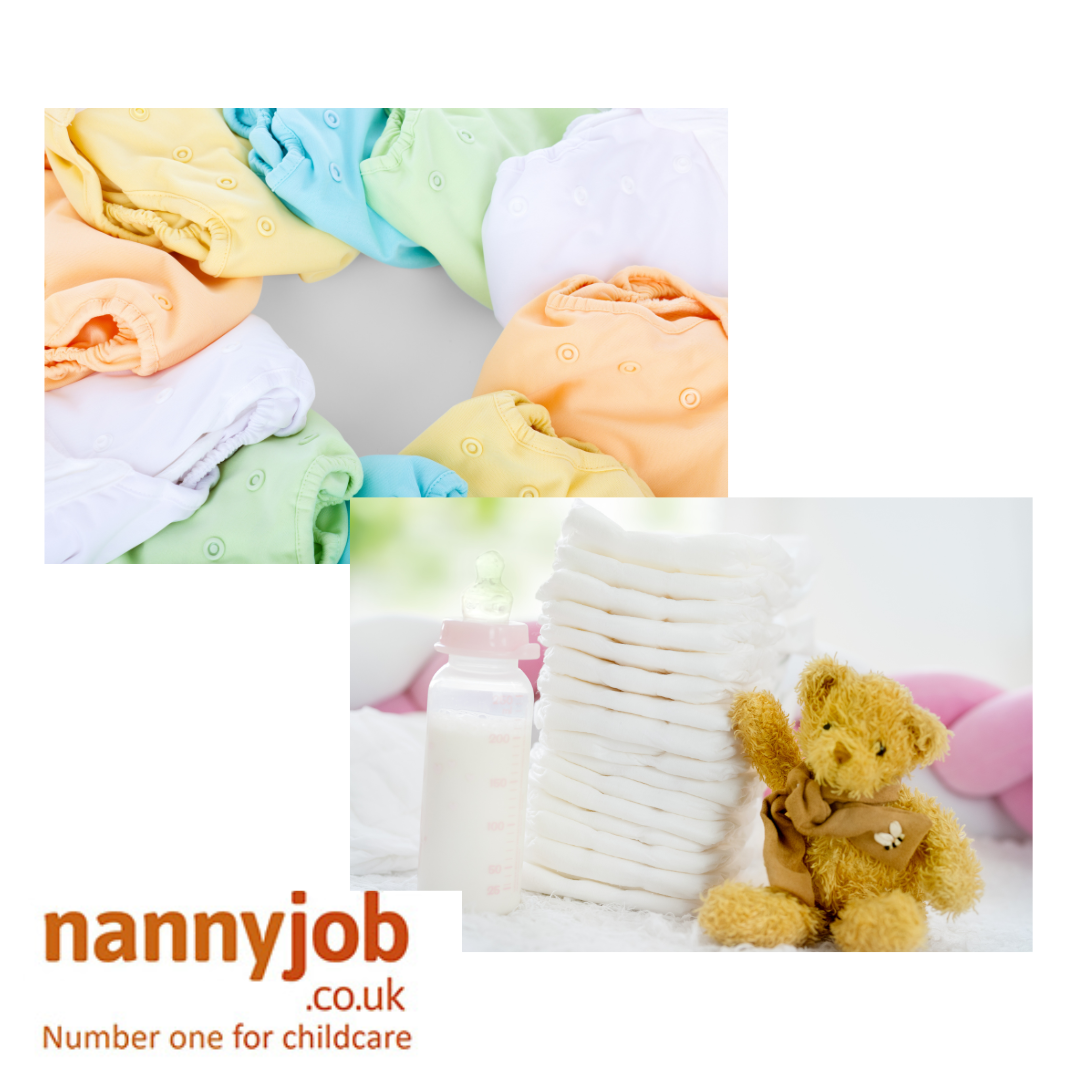Introduction
Hosting your first playdate as a nanny can be both exciting and daunting. Playdates are a fantastic opportunity for children to develop social skills, engage in shared activities, and enjoy companionship. To ensure a successful and stress-free playdate, here are some top tips to help you plan and host an enjoyable event for the little ones in your care.
Planning Ahead
1. Communicate with Parents
Before planning the playdate, discuss with the parents any dietary restrictions, allergies, and preferences regarding activities. This ensures that you are aware of any important details that could affect the choice of snacks or play activities.
2. Choose Age-Appropriate Activities
Select activities that are suitable for the age group of the children involved. Consider a mix of both structured activities, like a craft or a game, and free play, which allows the children to lead their own play and interactions.
3. Prepare the Environment
Safety is paramount. Ensure the play area is child-proofed and free from potential hazards. Arrange toys and materials beforehand to have everything ready for the children when they arrive.
During the Playdate
4. Set Clear Ground Rules
It’s helpful to establish a few simple rules at the beginning of the playdate, such as sharing toys, using inside voices, and perhaps a reminder about where the bathroom is. Clear expectations help prevent misunderstandings and conflicts among the children.
5. Be an Active Supervisor
While it’s important to allow the children to play independently, stay engaged and monitor their interactions. Be ready to step in if disputes arise or if someone needs help. This ensures the playdate remains fun and safe for everyone.
6. Have a Flexible Schedule
While having a plan is important, be prepared to adapt based on how the playdate is going. Some activities might not engage the children as much as expected, or they might be particularly enamored with one game and want to extend it. Flexibility can keep the playdate enjoyable rather than forcing a strict schedule.
Conclusion
Hosting a playdate as a nanny is an excellent opportunity to foster developmental and social skills in children. By preparing thoroughly and maintaining a flexible, attentive approach, you can ensure that the playdate is a fun and beneficial experience for all involved. With these tips in mind, you’re set to make your first playdate a great success!










